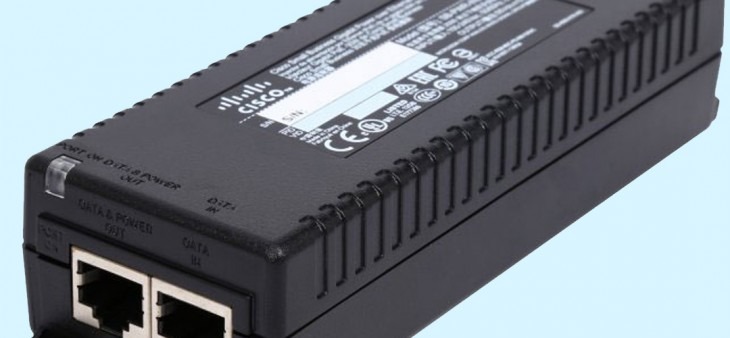
Small but mighty, power (POE) injectors deliver power through ethernet cables, eliminating the need for new outlets.
Key Takeaways:
Power injectors supply power over existing ethernet cables.
Useful in scenarios where installing new outlets is challenging.
Power devices like access points, cameras, and data displays.
Cost-effective solution for businesses.
What is a power injector and what is it used for?
A power injector is a compact device that empowers network administrators to transmit power through ethernet cables. This proves beneficial in situations where installing new power outlets is difficult or expensive. Often known as PoE injectors or midspans, these devices deliver power to a range of equipment, including data displays, wireless access points, and CCTV cameras. PoE injectors provide a cost-effective solution, saving businesses money on electrical rewiring.
The primary purpose of a power injector is to allow a network admin to add a power supply to an ethernet cable. Power Injectors are brilliant if you want to make use of data cables that are already in place to power your devices, or are reluctant to install additional power sockets throughout your office or building.
So, if you are looking to provide power to a device using cables that are already in place for data transfer purposes, then it may be time to consider a Power over Ethernet (PoE) Injector.
How Do Power Injectors Work?
Power injectors are also known as PoE injectors or midspans. They are small and straightforward hardware devices that you connect to your network to allow you to power other devices throughout your network.
A power injector will support data speeds up to a Gigabit (1 Gbps) while also powering compatible devices over a single cable.
It transfers power from the source via your existing Cat5e/Cat6 cabling to the injector by adding it at the point of data transfer (your non-PoE switch). Your cables will then take the combined power and data and transfer it to your ‘endspan’ devices.
What Is A Power Injector For?
While the needs of individual networks will change, the kinds of devices we would expect to be set up on a PoE network would be data displays, wireless access points and CCTV cameras. These are typically low power technology that needs to be set up in locations that aren’t necessarily close to a functioning power point.
In the case of CCTV, this functionality can be crucial since it may allow you to install security cameras in areas that would otherwise demand rewiring jobs. While the average installation of a new socket at home could be £80-100 and this could be a lot more dependant on the fabric of your walls and the layout of your building. Even at the lower end of these electricians’ fees, the relative cost of a PoE injector could be as low as £15 by comparison.
They can also be useful for companies who are modernising large industrial buildings for office use. PoE injectors can be especially helpful in this case as they increase your options to extend your technical capabilities, at a time when the building’s limitations and legislation may slow progress.
One typical example in office renovations is the requirement to deliver WiFi access to remote locations in large buildings, with protected buildings you may not always be able to complete the work necessary to ensure it is fit for purpose. Even if you can get permission to make the changes, you will need cabling for both data and electricity, and this could prove costly. With this in mind, a PoE injector could prove a much more cost-effective solution.
Other Benefits Of A Power Injector
The two primary benefits of using a power injector in your network are cost and flexibility. Power Injectors to choose where you place your technology based on functional choices rather than simply having to place them close to a power socket. Plus, they are a much smaller cost than having to hire someone to rewire an existing layout, especially if the cabling is in the walls or under expensive flooring.
However, there are other benefits to installing one:
- Many models will allow you to quickly and easily monitor power consumption across your network. Depending on your network, this could require additional hardware and software to provide this same functionality otherwise.
- PoE injectors are relatively tiny in comparison to the additional cabling you may need for the alternatives
- Power injectors are easy to install, more so than your typical PoE-compatible switch or installing electricity throughout your building.
A power injector is a low-cost, easy-to-setup and flexible solution that allows network administrators to provide access to technology throughout large or difficult-to-manage properties.
This flexibility means that costly renovation projects can utilise cheaper technological solutions to modernisation in a seamless way that office workers will appreciate. For most employees, access to WiFi is going to be the most important use-case for a power injector. So, combine them with wireless extenders to provide the access they need in the locations they want.
Have some questions about a networking project? Contact our team, who will only be too happy to help.
